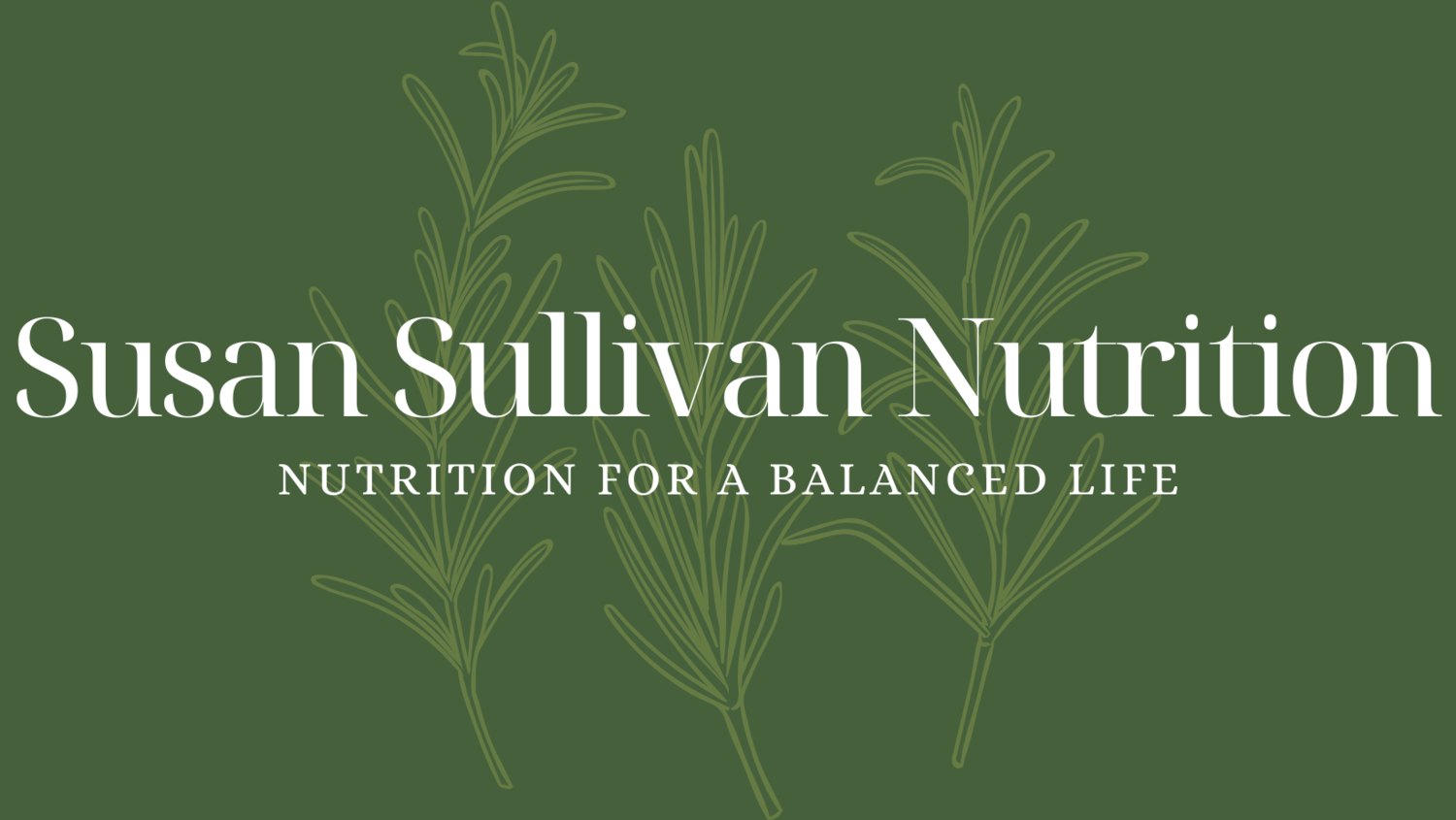Nutrition Facts Label 101
We all want to be savvy consumers!!! Reading nutrition labels can help!! Understanding labels allows us to make informed decisions while shopping.
Follow the steps below and feel confident the next time you compare two products!
Serving size. Serving size is a standardized amount of food. On the label, it’s a representation of the amount a typical consumer usually eats. It’s also the guiding factor for the nutrient totals listed below. If you eat double the serving size, double all totals for an accurate depiction of what you’ve eaten. If you eat half the serving size, divide the totals by two, and so on.
Let’s gloss over calories because remember, calories are not a representation of nutritional value. Nuts and nut butters, fatty fish, avocados and some legumes have been deemed “higher” calorie foods, yet they’re full of nutrients and part of a balanced diet.
Saturated fat. Saturated fat is found in animal products and tropical oils (coconut and palm). It’s a nutrient that negatively impacts our cholesterol levels and overall health. We want our daily sat fat intake to be as low as possible. Per the 2020-2025 Dietary Guidelines for Americans, aim for <10% daily caloric intake from saturated fats. Ex. if you consume an average of 2,000 calories/day that’s <22g of saturated fat/day.
Sodium. For reference, the daily value of sodium is less than 2,300mg/day. But Americans oftentimes consume way more. The number one source of sodium in our diets- packaged foods. As a rule of thumb, if a product contains 5% or less of your daily value for sodium, it’s considered a low sodium food; if it contains 20% or more of your daily value for sodium, it’s considered a high sodium food.
Fiber. It’s always important to note because we want an average of 25-35g of fiber/day. The majority of Americans do not meet this goal.
Added sugar. Most of the added sugar in our diet comes from sugary drinks, desserts and snack foods. For reference, women- we want to keep our daily added sugar intake < or = 25g/day and men- keep your daily added sugar intake < or = 36g/day.
Protein. For a snack to satisfy, make sure it contains a fair amount of protein! I’d recommend 5-10g of protein per snack.
Now that you’re a label reading pro, take a look in your pantry and review labels at home. Let me know if you find anything surprising!
